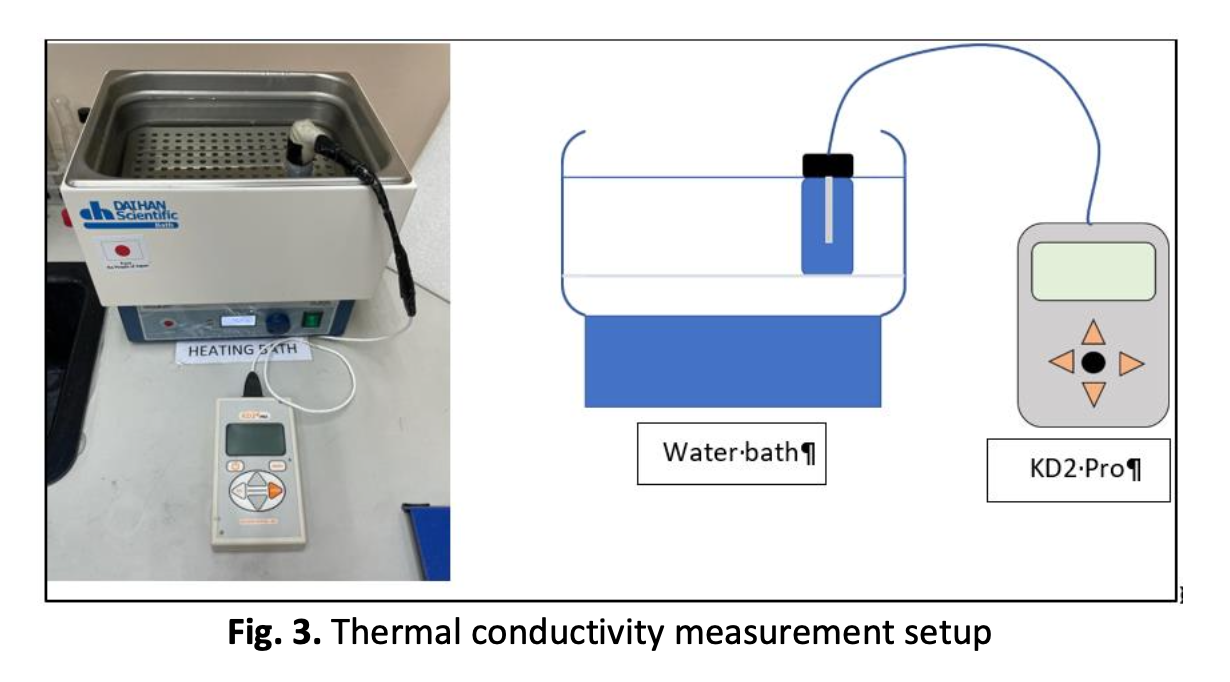Optimising The Mixing Ratio of Hybrid Nanofluids Based on Their Thermal Conductivity and Dynamic Viscosity Properties Using Design of Experiment Method
DOI:
https://doi.org/10.37934/arfmts.100.3.2334Keywords:
Hybrid nanofluid, heat transfer, mixing ratio, design of experimentAbstract
The hybrid nanofluid's synergetic effect is proportional to the mixing ratio. However, the One Factor at A Time (OFAT) method only displays the optimised mixing ratio when the mixing ratio used in the respective experiments is specified. Thus, the purpose of this study is to optimise the nanoparticle mixing ratio using Design of Experiment (DOE) in Design Expert 11 to cover the entire range of mixing ratios with the fewest experiments possible. The prepared hybrid nanofluid comprises Titanium Dioxide (TiO2) and Graphene Nanoplatelets (GNP) at a concentration of 0.3vol%, a mixing ratio ranging from 1:9 to 9:1, and temperature ranging from 30oC to 60oC. However, the DOE method generates only 1:9, 1:1, and 9:1 mixing ratios. ANOVA analysis was used to generate a model for thermal conductivity. Additionally, the optimisation results indicate that a mixing ratio of 1:4 (TiO2-GNP) and a temperature of 40oC are the optimised parameters. The difference between the measured and predicted thermal conductivity values was less than 5%.
Downloads






























